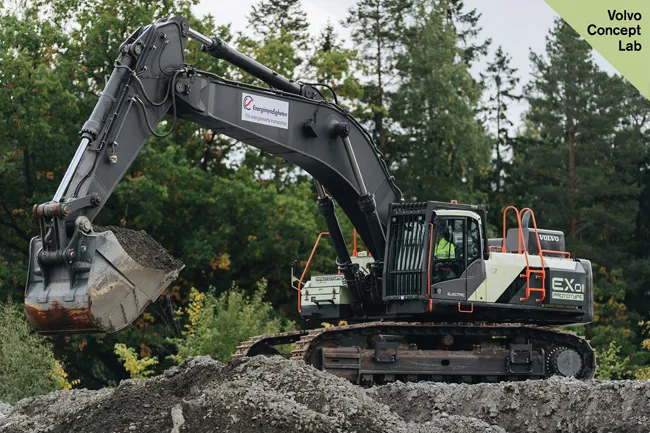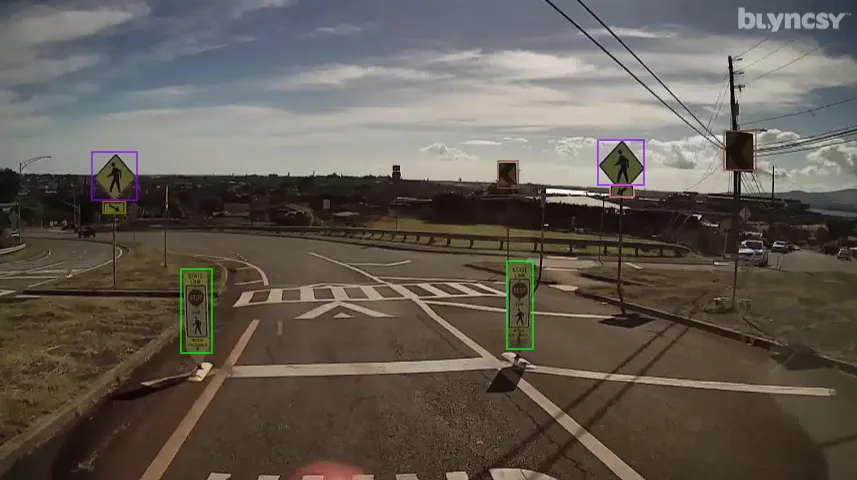The roadway provides a primary arterial route from the state capital of Jackson to the Mississippi Gulf Coast. More than 50,000 vehicles/day use the road and it serves as a key component in the state’s hurricane evacuation plan. The current four-lane highway is in need of additional lanes and roadway updates to reduce congestion. The completed project will achieve a safer and more efficient route for Jackson commuters and those traveling through the metro area.
“US 49 has historically been one of the most important routes in Mississippi, connecting the capital and the southern part of our state, and has been a keystone project for our local operations as we provided the final design services in 2017,” said Ray Balentine PE, PLS, office executive for Michael Baker International’s Mississippi operations. “Michael Baker understands the complexities of this highway and the reconstruction task, and we look forward to collaborating with MDOT to make this roadway safer and more efficient for the traveling public.”
The Michael Baker team is providing construction inspection, survey and post-design services on the three-year, multi-phase project. The team and its partners will construct a six-lane route, including curb and gutter with a closed drainage system.
Throughout the construction, the team will focus on traffic safety and the efficient movement of traffic flow, as lane closures and re-routing will likely occur in each phase of the project.
Technology will play a key role in the project implementation and delivery, including the use of Michael Baker’s Mobile LiDAR (Light Detection and Ranging) systems to capture a visual record of the site at preconstruction. This innovative approach provides a more efficient solution over traditional methods of cataloging information and will facilitate the rapid and accurate collection of digital data to inform reconstruction design plans. The team will also use iPads and Miovision Traffic Cameras to enhance the project.
Reconstruction of Route 49 is scheduled to be completed by late 2020 and will anticipate an average of 58,000 vehicles/day by that time.
Mississippi road rebuild contract for Michael Baker
Michael Baker International has established a partnership with the Mississippi Department of Transportation (MDOT) to rebuilt a 13km stretch of US Route 49 in the Jackson area. The firm won the US$19.3 million Construction Engineering and Inspection (CE&I) contract in late 2017. Under the terms of the deal, the firm will prioritise safety, communication and efficiency to complete the project.
March 6, 2018
Read time: 3 mins
Michael Baker International has established a partnership with the 1500 Mississippi Department of Transportation (MDOT) to rebuilt a 13km stretch of US Route 49 in the Jackson area. The firm won the US$19.3 million Construction Engineering and Inspection (CE&I) contract in late 2017. Under the terms of the deal, the firm will prioritise safety, communication and efficiency to complete the project.








